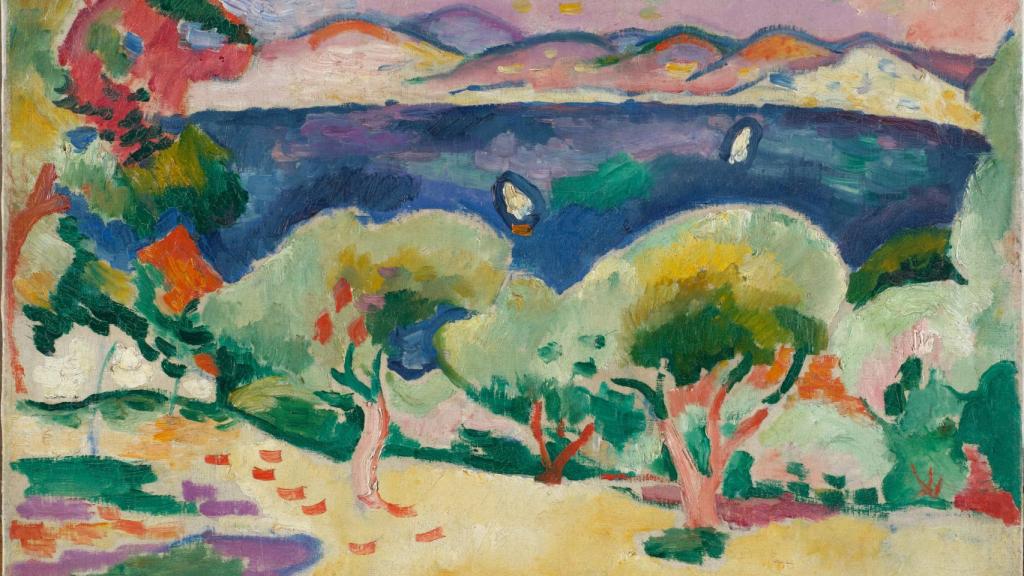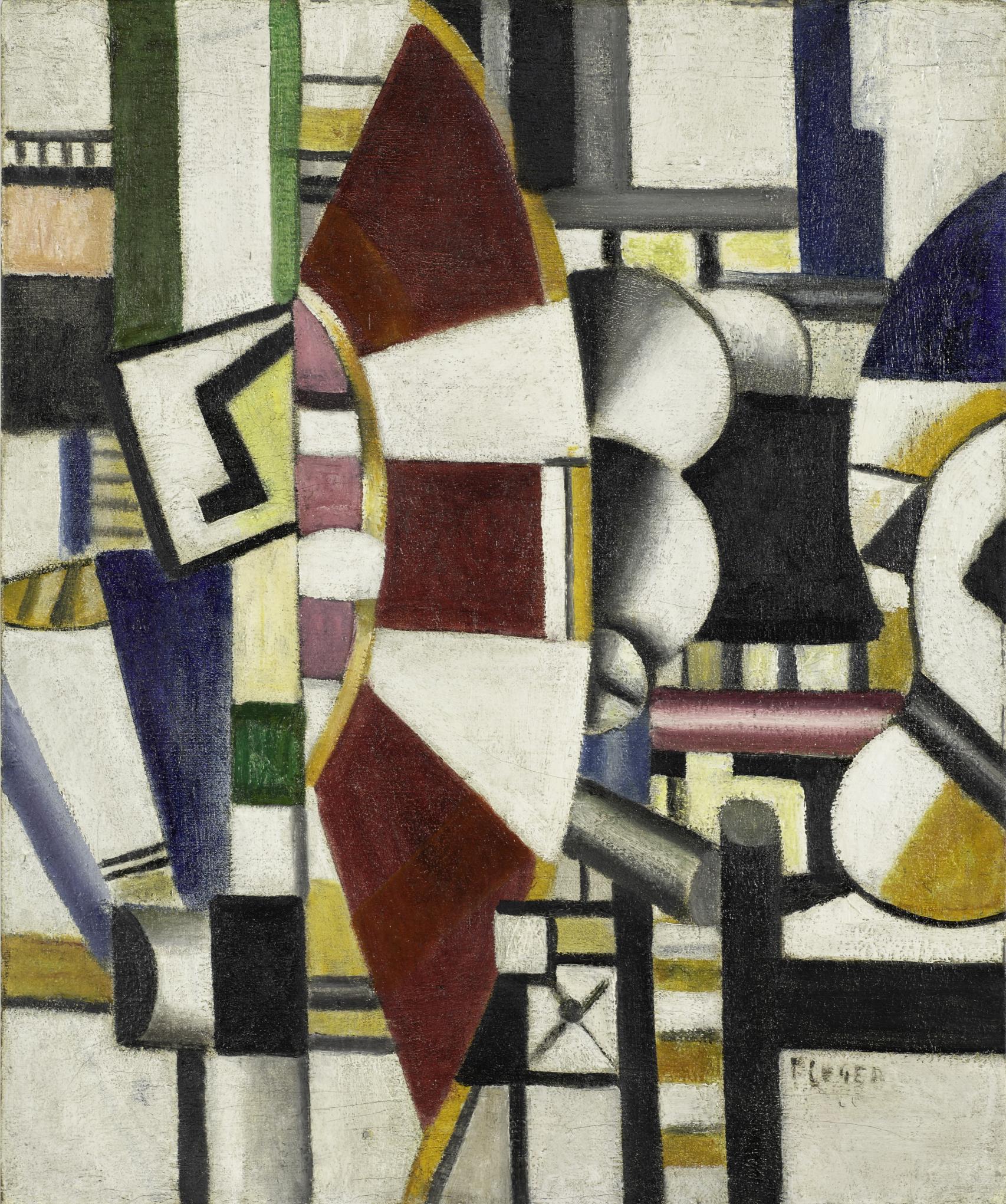Advertisements
[ad_1]
Large exhibitions were dedicated to the dealer and this is not a discovery. Fundamentally – although it takes into account the vicissitudes of the biography of Daniel-Henry Kahnweiler and his artist books – is a visual journey through the artists close to the dealer. This tour is limited to exhibiting the collections of the Center Georges Pompidou since his stepdaughter and son-in-law –also gallerists themselves–, Louise and Michel Leiris, donated their collection to the Parisian museum.
A visual tour, we said, that does not address the why, the “how it works”, and this is the theme that should have been developed. Legend has it that the dealer Kahnweiler had a very keen sense of smell and that, endowed with a refined sensitivity, he knew how to spot talent... Well, We are convinced that he had no artistic sense of smell or judgment..
Whether or not he had good taste or didn't understand art doesn't matter, nor does it mean to look down on it. But his bets did not respond to artistic criteria, but, let's say, to a business strategy. You only need to look at his written statements and notes to understand that his way of working served other reasons.

George Bracque: 'The Gulf of Lecques', 1907. Center Pompidou. Paris
Kahnweiler (1884-1979), coming from a family of small Jewish financiers, always had cultural concerns. It was a passionate music lover and even had a small collection of engravings and small format works, but he himself explains that he “had no idea about the craft of painting”. However, he had a basic conception of commercial activity: he had to work with artists of his generation, if “he bought the great painters when they were young, he had to make money”.
Acquiring the work of young artists means buying at a good price so that one day they reach a high price. Kahnweiler could be interested in Gauguin or Cézanne, for example, but their price was already too high, unaffordable for him and, furthermore, he explained, he would never be able to meet them. Another complementary aspect: the exclusivity or creation of a stock which was one of the foundations of the 20th century art market. That is, a contract between artist and dealer –It is generally a combined salary– from which the dealer monopolizes the artist’s entire production.

Fernand Léger: 'The Red Wheel', 1920. Center Pompidou. Paris
In other words, a monopoly situation is created that will allow price controls in the future. He stock It is an investment for the future, as the dealer controls supply and encourages demand.
In fact, whether you like this system or not, the figure of the dealer appears as fundamental to the creation of 20th century art. It makes the artist's research work viable by providing him with economic conditions. It also mediates between artist and public. This is what is called promotion: valuing, giving prestige to something that a priori has no aesthetic or economic value and that is rejected by the general public.
[The 50 years of Picasso's death: how Spain and France prepare to celebrate it in 2023]
Shortly after opening his shop, Kahnweiler visited Picasso's studio, which he had heard about, and had the opportunity to see The Ladies of Avignon (1907). It is evident that he could not understand that work, nor did he have the necessary reading instructions, which came later. But Picasso was the opportunity I was looking for. Possibly, other factors contributed, such as the Spaniard's overwhelming personality. Although if he was interested in it, it was because it was something incomprehensible and strange.
Juan Gris: 'The book', 1911. Center Pompidou. Paris
A problem to be solved, something that had yet to be done, but that over time – promotion – could transform into an aesthetic and economic value. Picasso was one of the first, they followed clamp, reader, Gray and then Klee any masongreat names in art history.
And yet, the visual journey that the exhibition offers us is interesting because it offers a panoramic view of the dealership: a more ambiguous image. After the heroic times and the pioneers of cubism, Kahnweiler presents some artists that today we feel distant from a contemporary sensibility: Elie Lascaux It is suzanne roger or painters who did not achieve great projection as Eugène de Kermadec, André Beaudin, Gaston-Louis Roux. Why? Young art, new art, was elsewhere, it was no longer that of his generation.
Follow the topics that interest you



